How to Cast for a Runway Show with Ben Grimes
|MAX ROSSI
In the 1998 cult drama Sliding Doors, a woman loses her job and walks to the London Underground, where she misses her train by a split second. The film then rewinds, showing her boarding the train just in time. From that point on, the movie utilizes a dual narrative, constantly alternating between the two vastly different lives that unfold based on whether she catches or misses the ride. For casting director and former model BEN GRIMES, the inner workings of the modeling industry are similar to Sliding Doors.
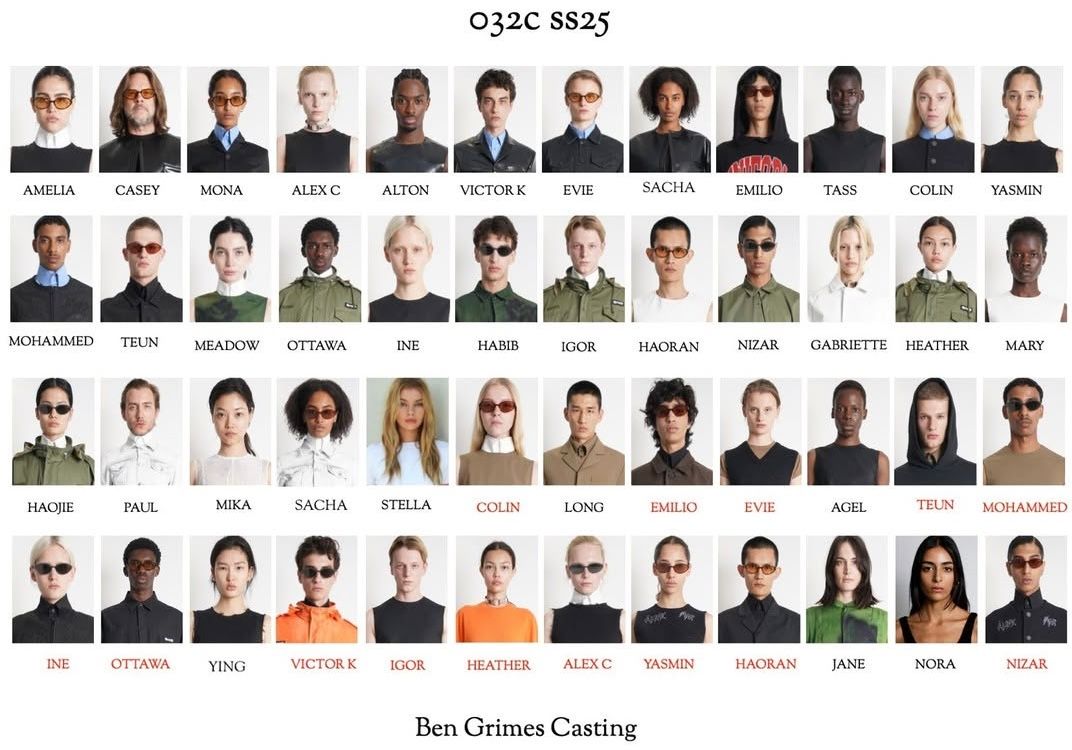
Casting overview for 032c SS-25 for Paris Fashion Week
“One day, you’ll get found in the street or someone will look at your Polaroids, and suddenly this door opens that doesn’t open for everyone. It’s surreal,” she says. Much like the film’s premise, Grimes’ own journey has been shaped by the unpredictable twists of fate and fortune, taking her from attending King’s College London to walking for the likes of Marc Jacobs and Chanel.
Having moved from walking prestigious runways to casting for maisons such as Alexander McQueen, Celine, Valentino, and Bottega Veneta, she has lived and breathed the industry for the past 25 years. Her work also includes 032c Readytowear’s Paris Fashion Week runway show Spring/Summer 25.
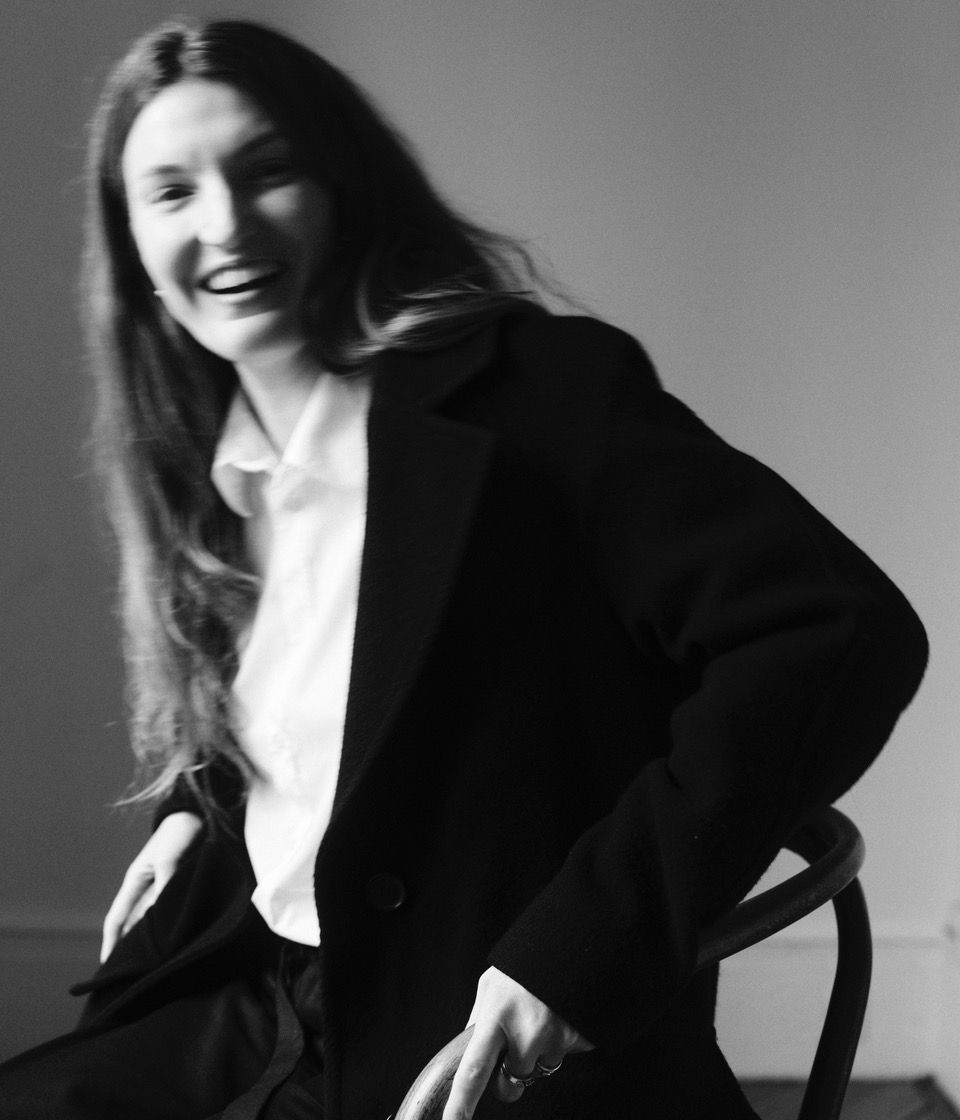
Ben Grimes photographed by Chris Lensz
Ben Grimes sat down with Max Rossi to offer an unfiltered portrait of her distinctive casting approach—which is influenced by fields far removed from the fashion world, such as war studies and archaeology—and answering the age-old question: What makes a model stand out today?
MAX ROSSI: What’s the process like when you’re approached to cast a show?
BEN GRIMES: Like most people in my line of work, I’m quite visual. I usually ask clients to send me as many visual prompts as possible before starting a project. It’s all about narratives—I love stories. For example, today I had a meeting where they talked me through the brief for a show. From the outset, I began crafting characters, imagining who the people I will cast are going to portray and what’s happening in their lives at that moment. Maybe they’re on their way to meet someone they love, walking toward something that will change their lives. Or perhaps they’ve just read a book that altered their worldview. They might simply be thinking about something beautiful or sad. These kinds of narratives help me develop storylines, and I often find inspiration in movies—they provide fantastic visual cues. It’s about building characters who complement each other at times, while at other moments, crafting characters who stand completely alone.
Sometimes, I get briefs mentioning things like, “We want interesting people,” and I find it fun to riff on what it truly means to be interesting. It can also be a frustrating process, especially when dealing with vague terms like “expensive” or “elevated.” What do these really mean? It’s so subjective. What I think looks expensive might completely differ—or even clash—with someone else’s perspective. Ultimately, I’m interested in finding a client’s trigger points: what they return to again and again, their leitmotif. Once I discern what’s the most important quality to them, everything falls into place.
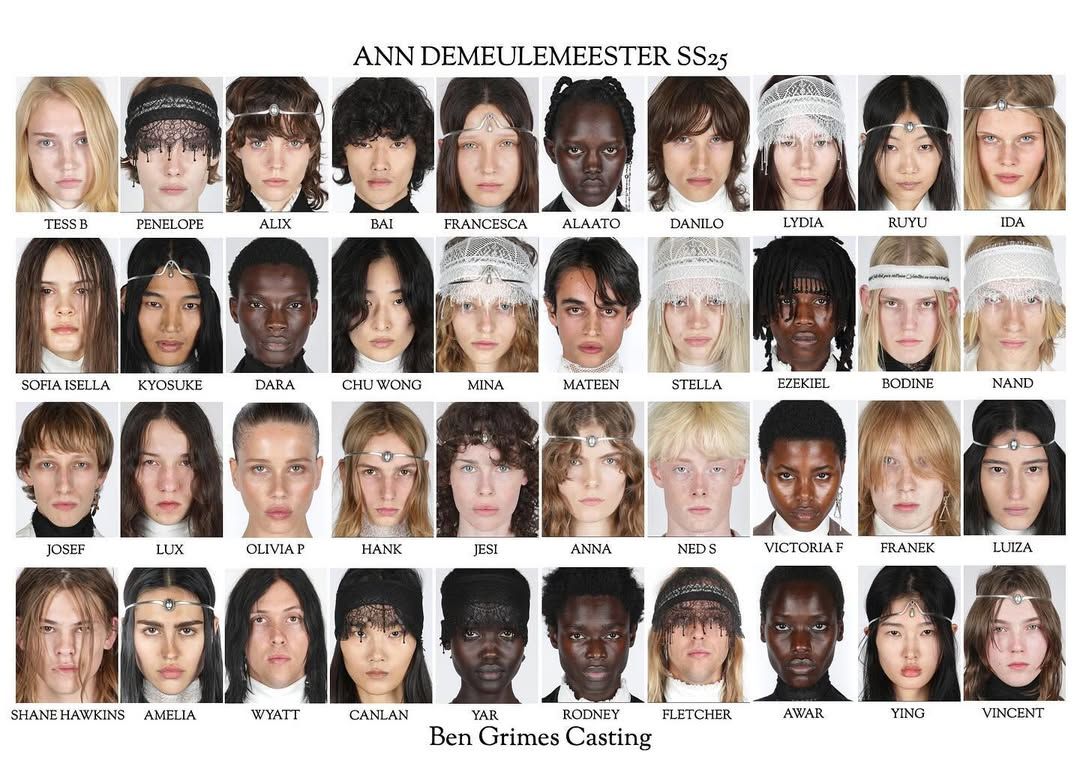
Casting overview for Ann Demeulemeester SS-25 for Paris Fashion Week
MR: Does this process differ for editorial shoots or campaigns?
BG: The main difference between a show and a shoot is that, oddly enough, you have to rely much more on the model during a shoot. They need to embody so many elements. People often look at multi-model ensembles and say, “Wow, that must be so hard to arrange.” They have a point: I have to supervise logistics—ensuring everyone is available on the same day, managing travel arrangements, securing the budget for flights, hotels, and so on. However, the hardest work can often be one-on-one. In solo shoots, the model must convey the entire story and provide the photographer with compelling, inspiring images. It’s often much more challenging to find the right model for a single-model shoot.
MR: Do you think your background in modeling is an advantage?
BG: I think it’s weird. Sometimes, I wonder whether my background is truly an advantage or a disadvantage. I’ve been immersed in fashion for so long that much of it feels second nature to me. These days, I work a lot with models before shows, fine-tuning their walk and attitude. It’s something I can help them nail pretty quickly.
I’m acutely aware that when you step into a room to meet a creative director, they don’t have much time. You have to be ready. My role is to prepare people for that moment. I tend to know what directors are looking for because I’ve been there myself. I also have a solid understanding of how ateliers operate—from doing fit modeling to walking shows and observing the creative process on all kinds of shoots. I’ve lived this world inside and out, and that instinct has led me places.
Still, transitioning to casting was daunting at first. In my head, I was just a model trying to become a casting director. I come from a generation of models who were meant to fade into the background—it was the early 2000s, and we were part of a nameless generation of talent. That made me feel like I had to work ten times harder to prove myself. It forced me to be far more conscientious, more determined to get it right.
Besides modeling, I didn’t have any formal qualifications and only went to university for three months…
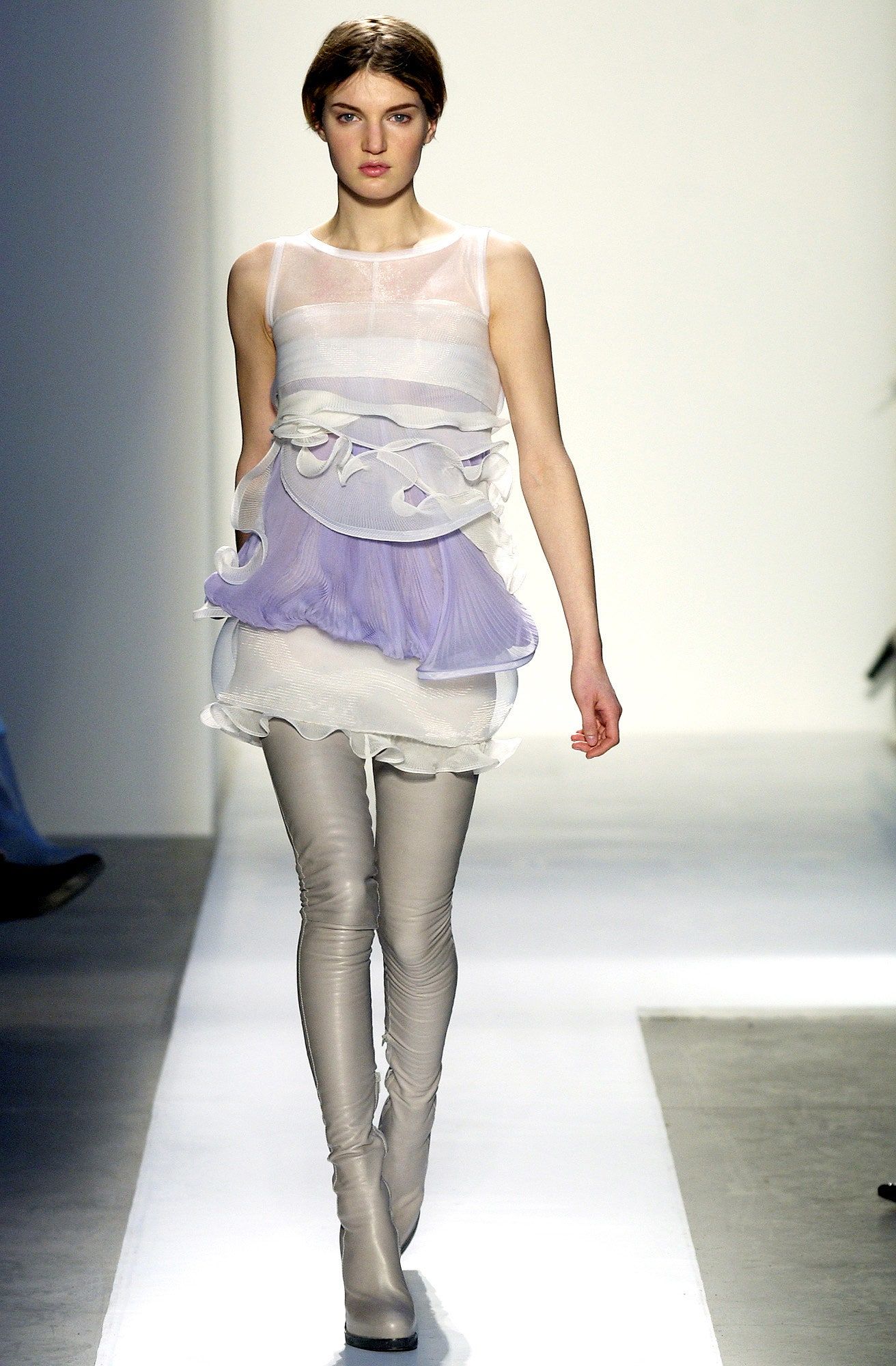
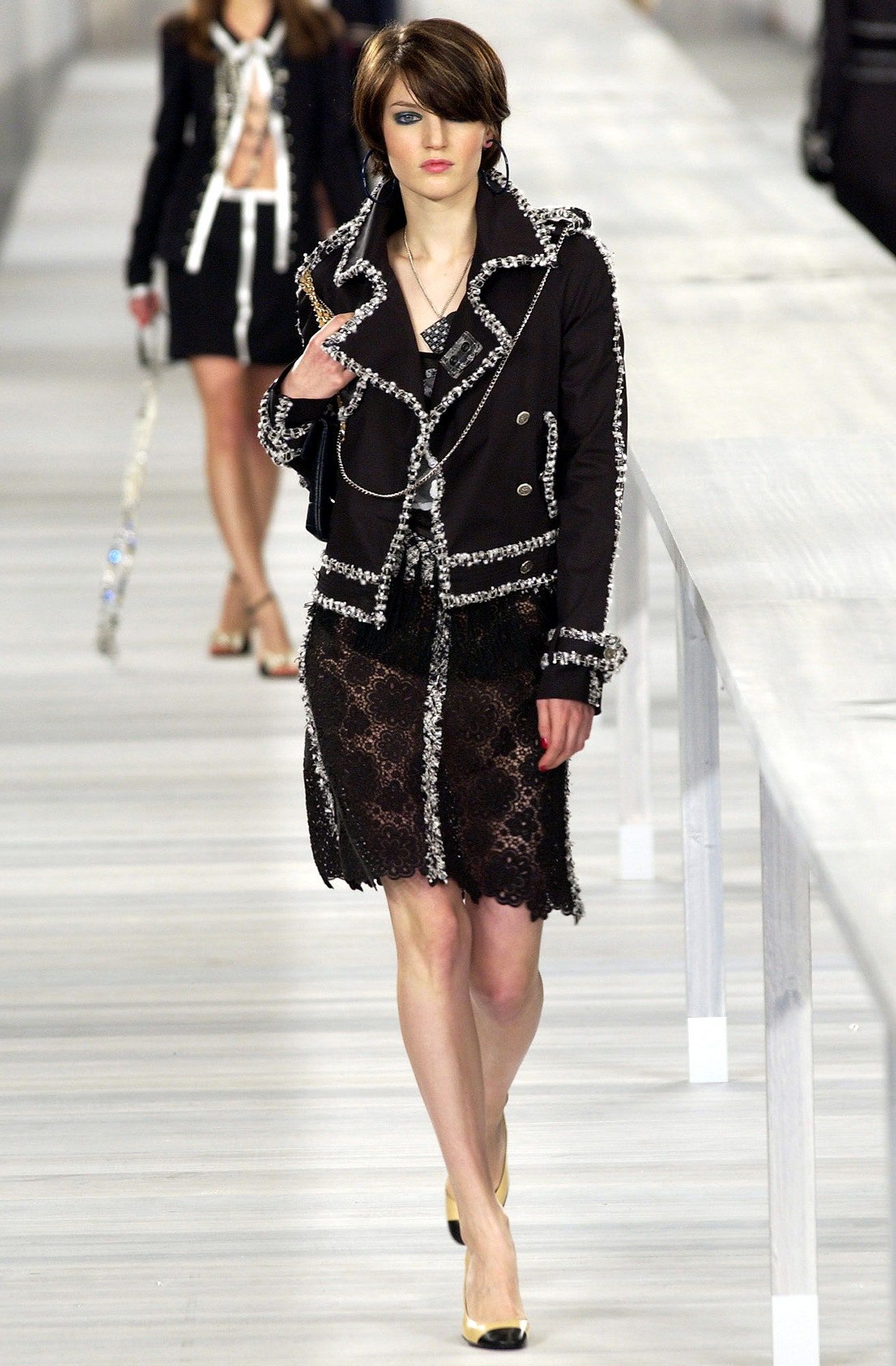
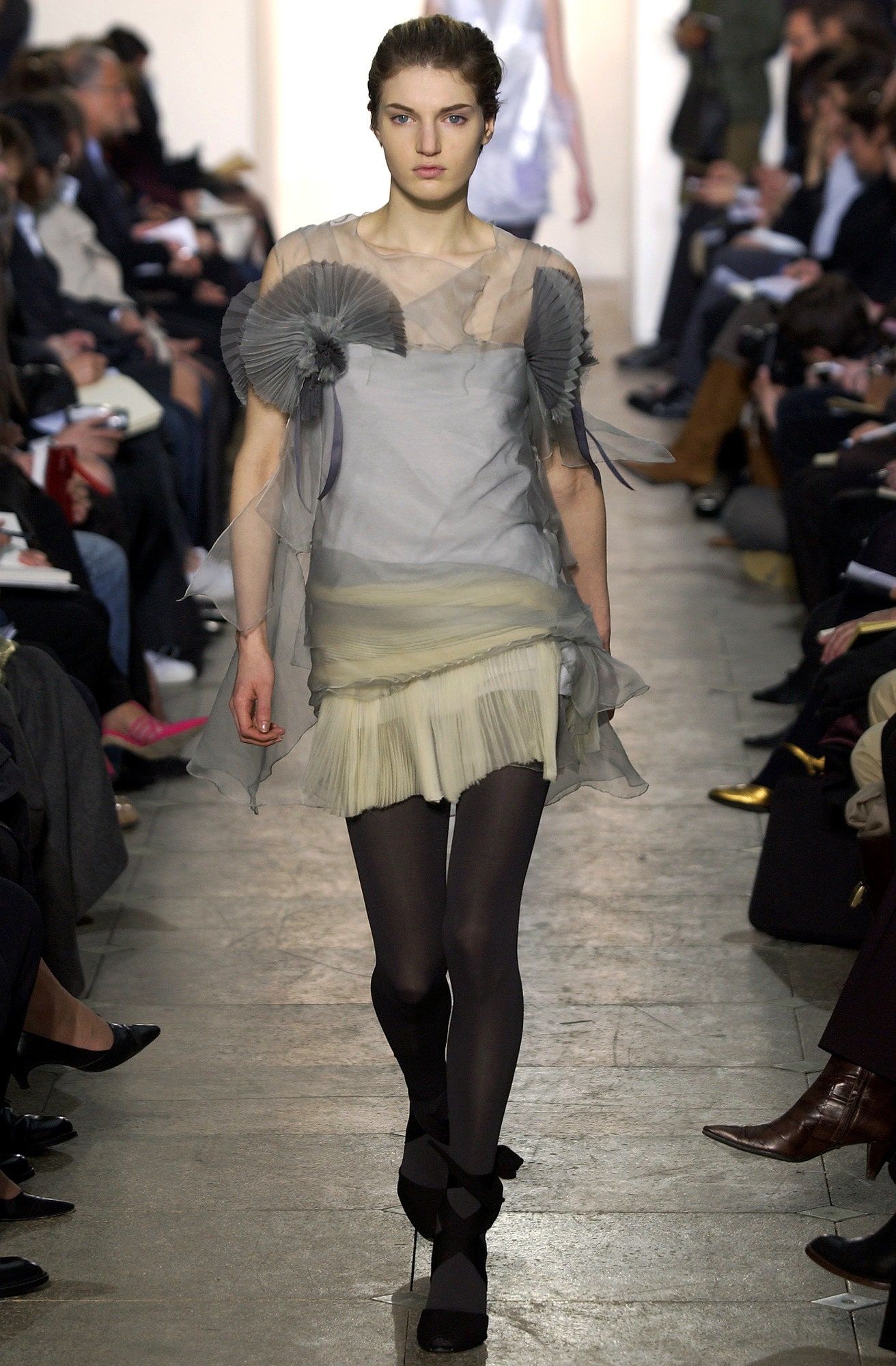
LEFT: Ben Grimes photographed by Marcio Madeira for Balenciaga Fall 2003 Ready-to-Wear Fashion Show. Courtesy of Vogue
CENTER: Ben Grimes photographed by Marcio Madeira for Chanel Spring 2004 Ready-to-Wear Fashion Show. Courtesy of Vogue
RIGHT: Ben Grimes photographed by Marcio Madeira for Helmut Lang Fall 2003 Ready-to-Wear Fashion Show. Courtesy of Vogue
MR: What did you study?
I was a freshman in War Studies at King’s College London. It’s funny—my mom wasn’t exactly thrilled about me becoming a model at first. I think she only came around when I walked for Chanel. Like a lot of models, I didn’t come from a fashion background. In fact, I got into it relatively late. I’d been in the industry since I was 16, stuck on the new faces board for what felt like forever, doing random test shoots all the time. I barely made it through three months of my first semester when David Sims shot me, and that was it. Choices. Life is just choices.
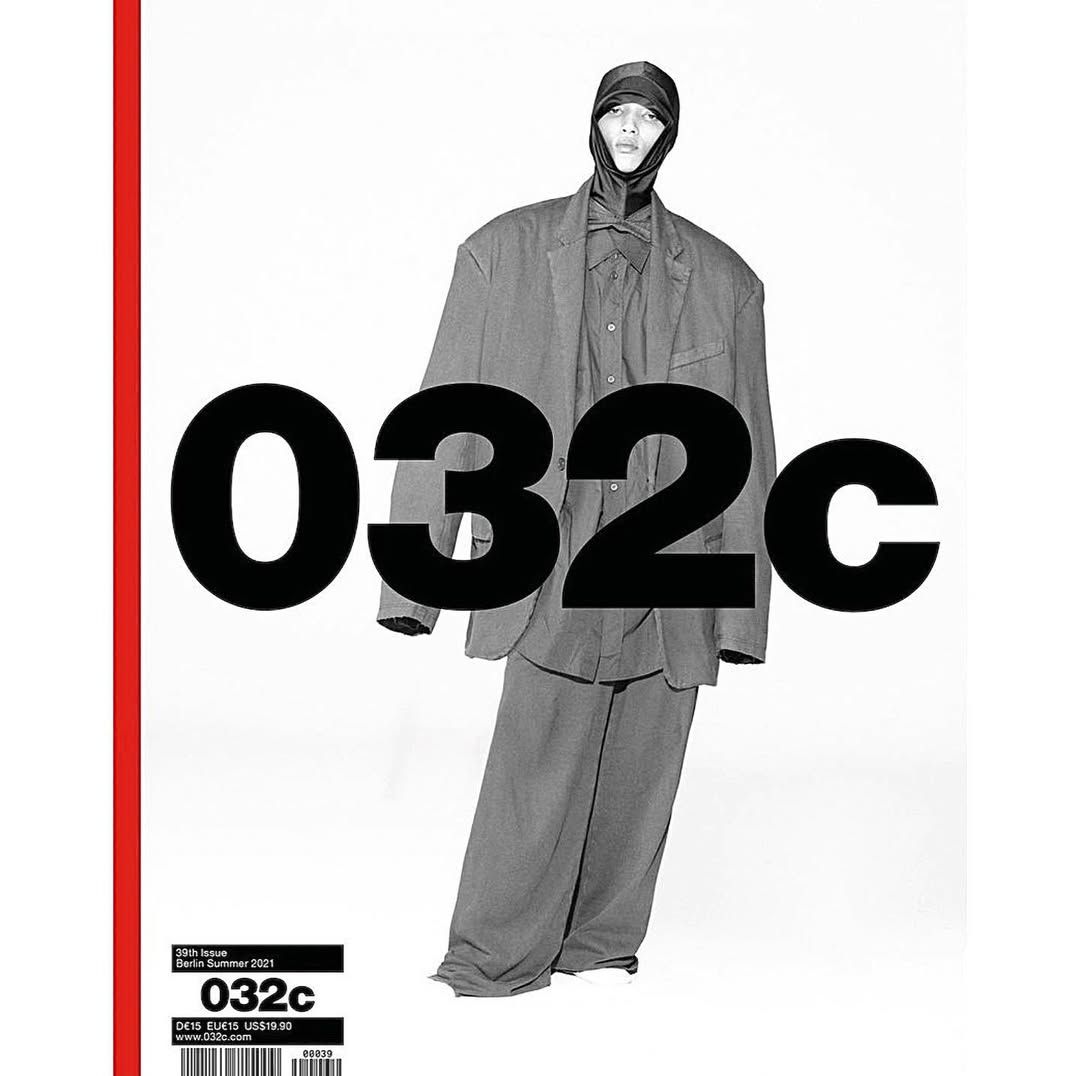
032c Issue 39 (Summer 2021) featuring Georgia Palmer photographed by Danko Steiner, cast by Ben Grimes
MR: It’s like the movie Sliding Doors.
BG: It is like Sliding Doors. That’s what this industry is all about. One day, you’ll get found in the street or someone will look at your Polaroids, and suddenly this door opens that doesn’t open for everyone. It’s surreal.
MR: Do you feel like there are any disadvantages in having been so immersed in the scene?
BG: I think so, honestly. It’s all I’ve ever known. I only had two small jobs before this—I was a shampooist at Harrods and worked at Foot Locker. But when you fully give yourself to something for 25 years, it inevitably changes you. Sometimes I feel like that’s a disadvantage, but recently, I’ve started revisiting the things that fascinated me before this career. I’ve always been a history buff, and lately, I’ve been diving into archaeology, ancient sculptures, and the classics. Strangely, it’s started to influence my approach to casting. I’ll look at someone and think, “They look like a Roman,” or I imagine them as part of an ancient narrative. At the core, it all comes back to storytelling. The more stories I can tell myself, the better I become at what I do.
MR: What project has been your favorite to cast?
BG: That’s a tough one to answer—I’d have to decide who to piss off. [Laughs] Honestly, I’m not just saying this as a platitude, but I usually walk away from most things feeling good. I get so invested in the stories the creative directors are trying to tell, and each one offers new angles that inspire me. If I really had to choose, it would probably be the first show I cast on my own. Before that, I spent over three years working as an assistant. I was in charge of casting for a designer named Thomas Tait in London, and it was magical. We were in this small warehouse in East London, bootstrapping on a tight budget, just making it happen. There’s nothing quite like the feeling of being part of a team with something to prove and pulling it off against the odds. That said, I’ve come to appreciate every client since, each for their own reasons.
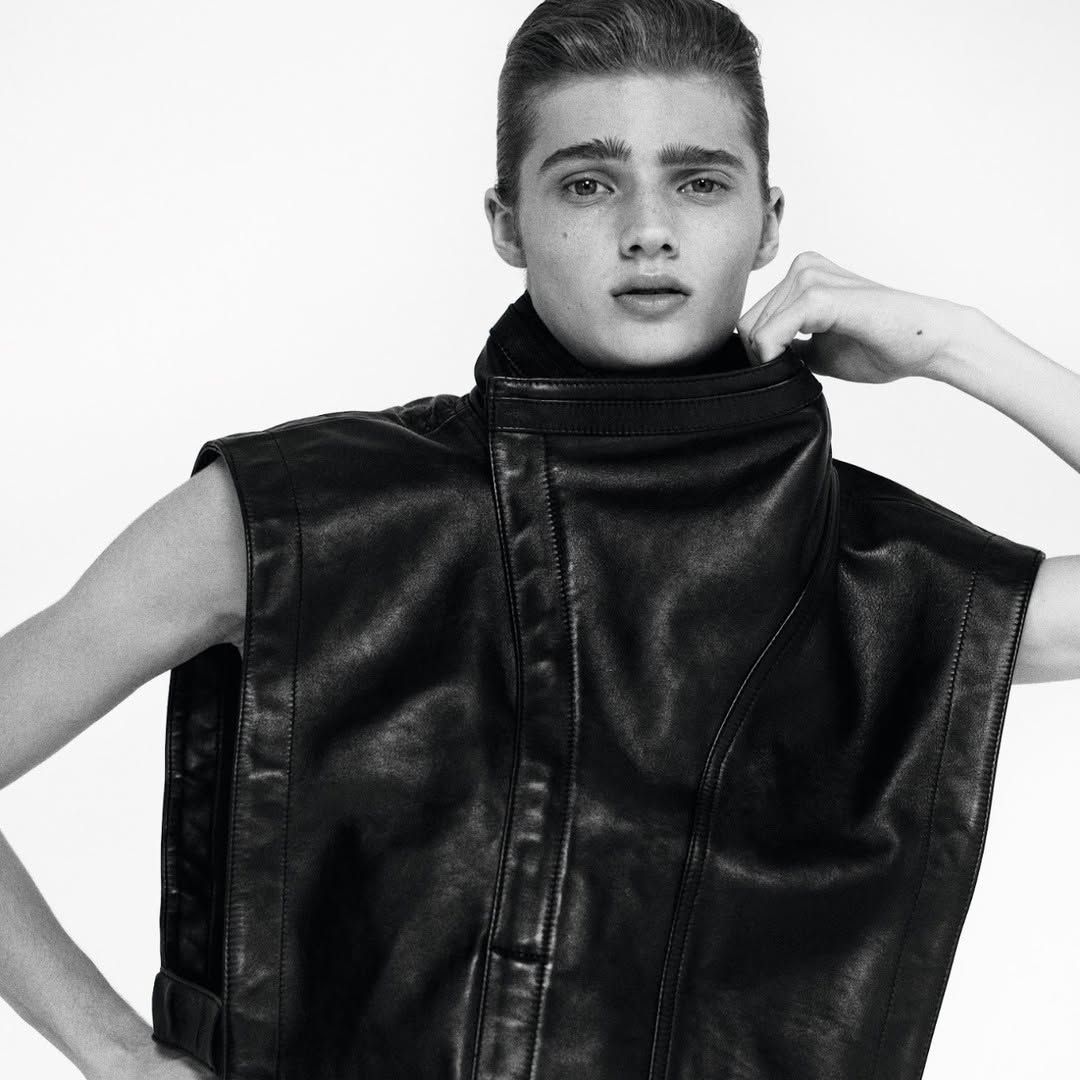
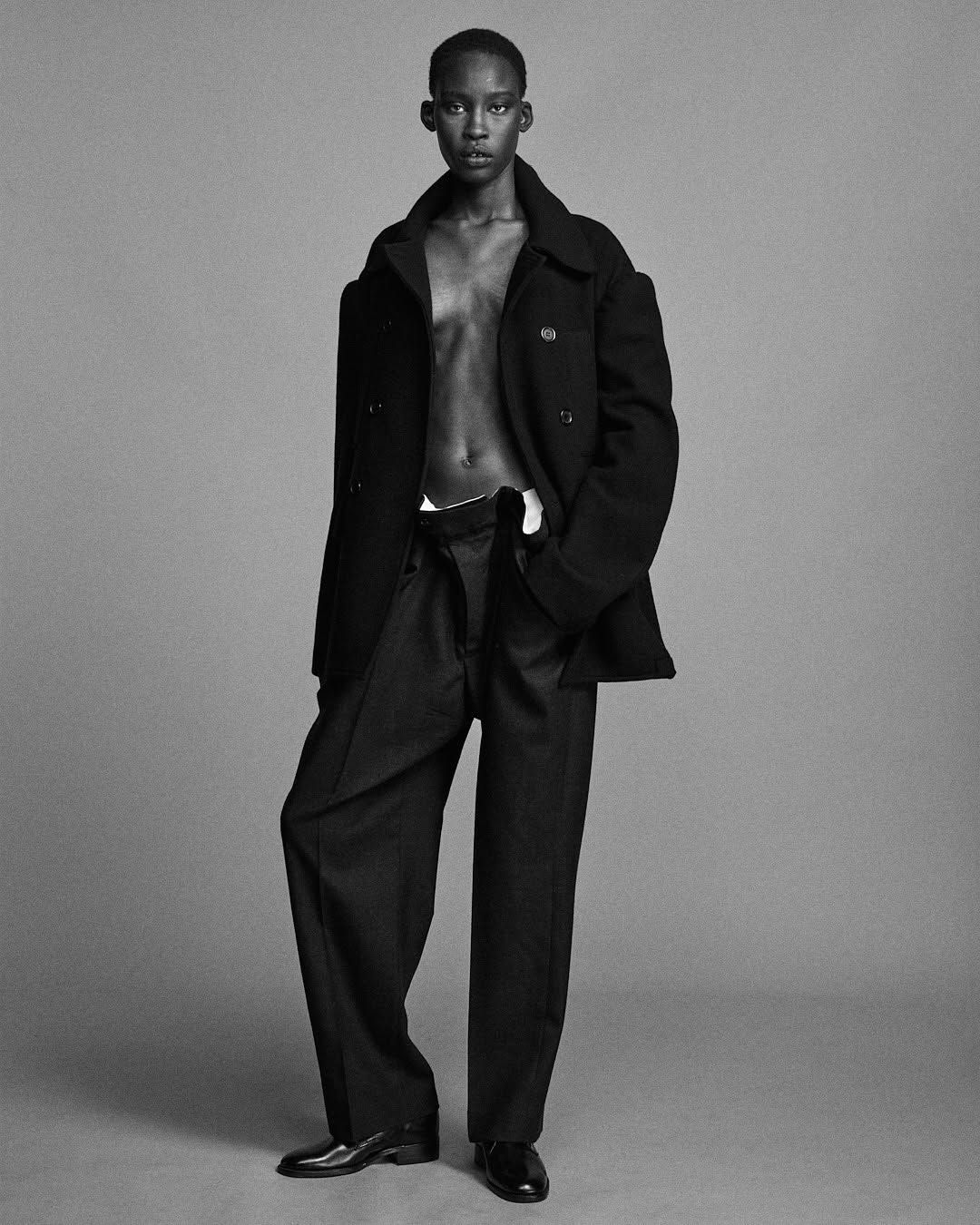
LEFT: Yura Romaniuk photographed by Mark Kean for Re-Edition Magazine
MR: Do you prefer to get more creative direction or do you want complete freedom?
BG: I actually like constraints. When I started casting in London, the budgets were often prohibitive. But I’ve always felt that the smaller the box, the more you have to get inventive—and the more solutions you need to find. Sometimes, if you push hard enough, you can uncover something truly magical that others might overlook. It really depends on the work, too. If I’m casting for an 80-model show, it might not always be consistent—and that’s part of the joy. Having a guideline tied to the storyline helps me connect the dots. With 20 models, the concept can be more concise, but with larger ensembles, the challenge is bigger. It’s all about thinking it through, and that’s what makes it fun. Both are distinct experiences with their own challenges, but they hold the same level of value.
MR: Your work spans from H&M to Alexander McQueen. How do you maintain your artistic vision and integrity when collaborating with very different brands?
BG: I think people eventually come to you for a reason—because you’ve made it clear what you bring to the table. There are projects I won’t be called in for, and that’s fine, as it wouldn’t make sense. That’s how I maintain my integrity; it feels effortless. At the same time, I can’t put barriers on myself. I’m naturally curious, and I’m not interested in ramming my opinion down someone’s throat. I always ask myself: “What’s the challenge here? How can I interpret or even reinterpret things to make them work in ways I hadn’t imagined?” Oftentimes, the most unexpected suggestions spark a completely new narrative—like when an agent from a very commercial brand brings an idea that makes you think, “Wow, I didn’t even know this person existed, and they’re incredible.” You take that reasoning out of its original context, translate it into something completely different, and it just works.
MR: Does your work have any trademark characteristics?
BG: I think there’s a certain boyishness and androgyny in my work, though it’s not something I do intentionally. I grew up in 90s London, so there are a lot of music references that find their way into the work. Sometimes, I tell people that I’m trying to build little rock bands—like the Spice Girls or All Saints—and in my mind, I’m creating groups like these. I’m not sure if anyone sees it that way, but that’s how it plays out for me. I like to play by creating characters who blur the lines. You can’t always tell if they’re boys, girls, boyish girls, or girlish boys. It’s a bit like that Blur song: “Girls who want boys who like boys to be girls, who do boys like they’re girls, who do girls like they’re boys” [“Girls & Boys,” 1994].
MR: Before, you mentioned that you belong to a different generation of models. What sets today’s models apart from icons of the past?
BG: Today’s models have a power that I don’t think my generation had, and I’m really happy for them. A lot of that power comes from authenticity.
MR: Do you think that’s something that can be taught?
BG: It can be fostered. I don’t want to speak for models today, because I’m not one anymore and I don’t go through what they experience, but I do feel that there’s a better platform now than there ever has been. I had a lot of fun as a model—let me caveat that—but we didn’t have the platforms that models today have. There’s more openness now. This is especially important for agents. A good agent should help foster these traits in their models, because that’s what sets them apart. If someone walks in and is comfortable being themselves, authentically so, that’s always going to be attractive. When you put someone on a runway, you want people to recognize something of themselves in that person, but also feel a desire to be them. Someone who is truly confident in their own skin can become an inspiration for many.
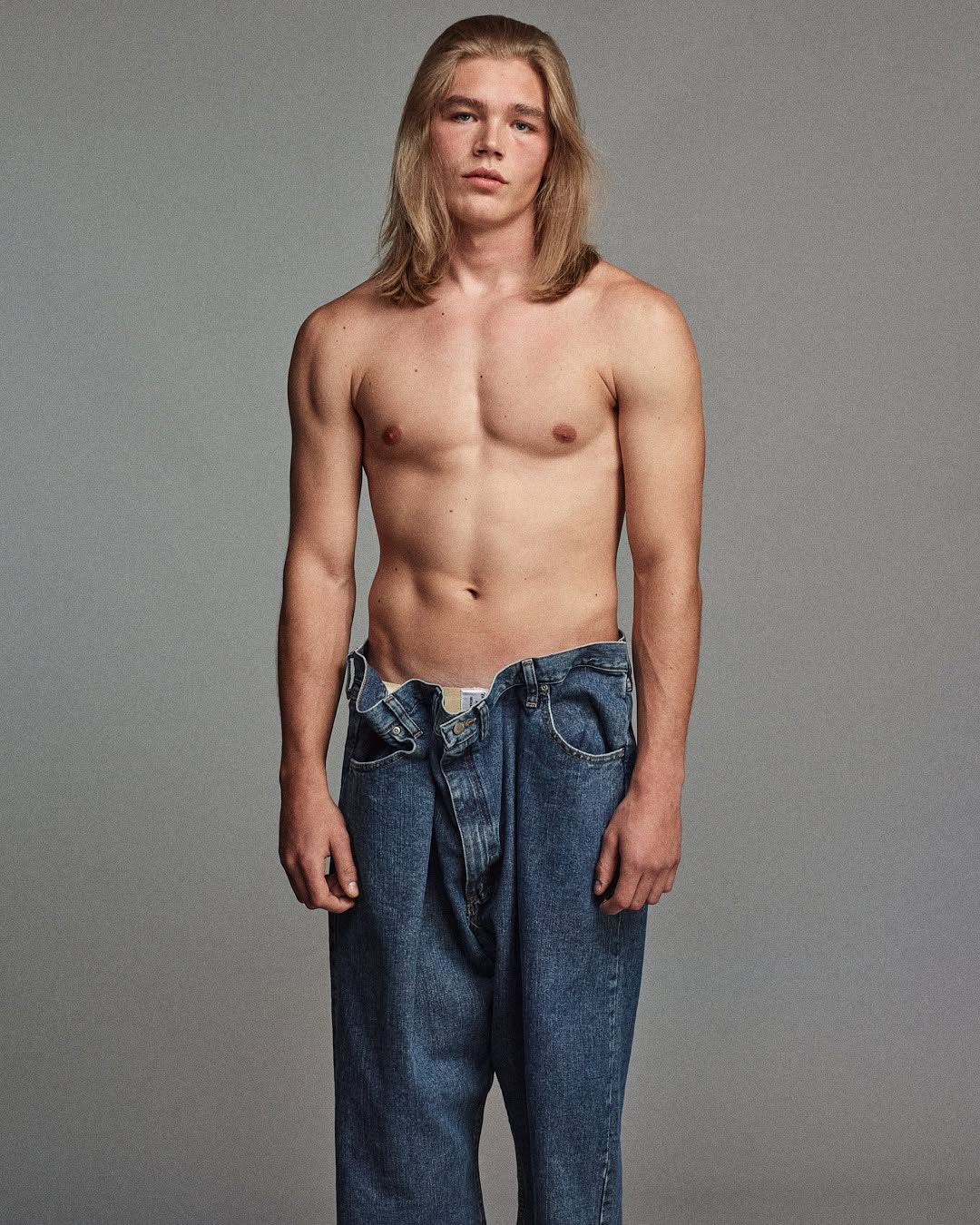
MR: What was the process like when you did the casting for 032c together with the Artistic Talent Director Mona Tougaard? What was the concept behind it?
BG: It was a blast. I loved how involved Mona [Tougaard] got. It’s refreshing to see a young woman who genuinely wants to help others and collaborate with her friends. It was really touching that she not only had the opportunity but was excited to embrace it and have fun with it. The atmosphere felt familiar and welcoming. There’s a certain sexiness to what 032c represents, and we wanted to play with the unique blend of flat, sexy energy, but still keep it elevated so it doesn’t come across the wrong way. For me, it’s important that it’s rooted in where the brand comes from, so I wanted the show to feel a little dangerous—like that rush of anxiety and thrill when you’re unsure if you’ll be let into a club in Berlin. And I definitely look forward to doing it again.
Credits
- Text: MAX ROSSI
Related Content
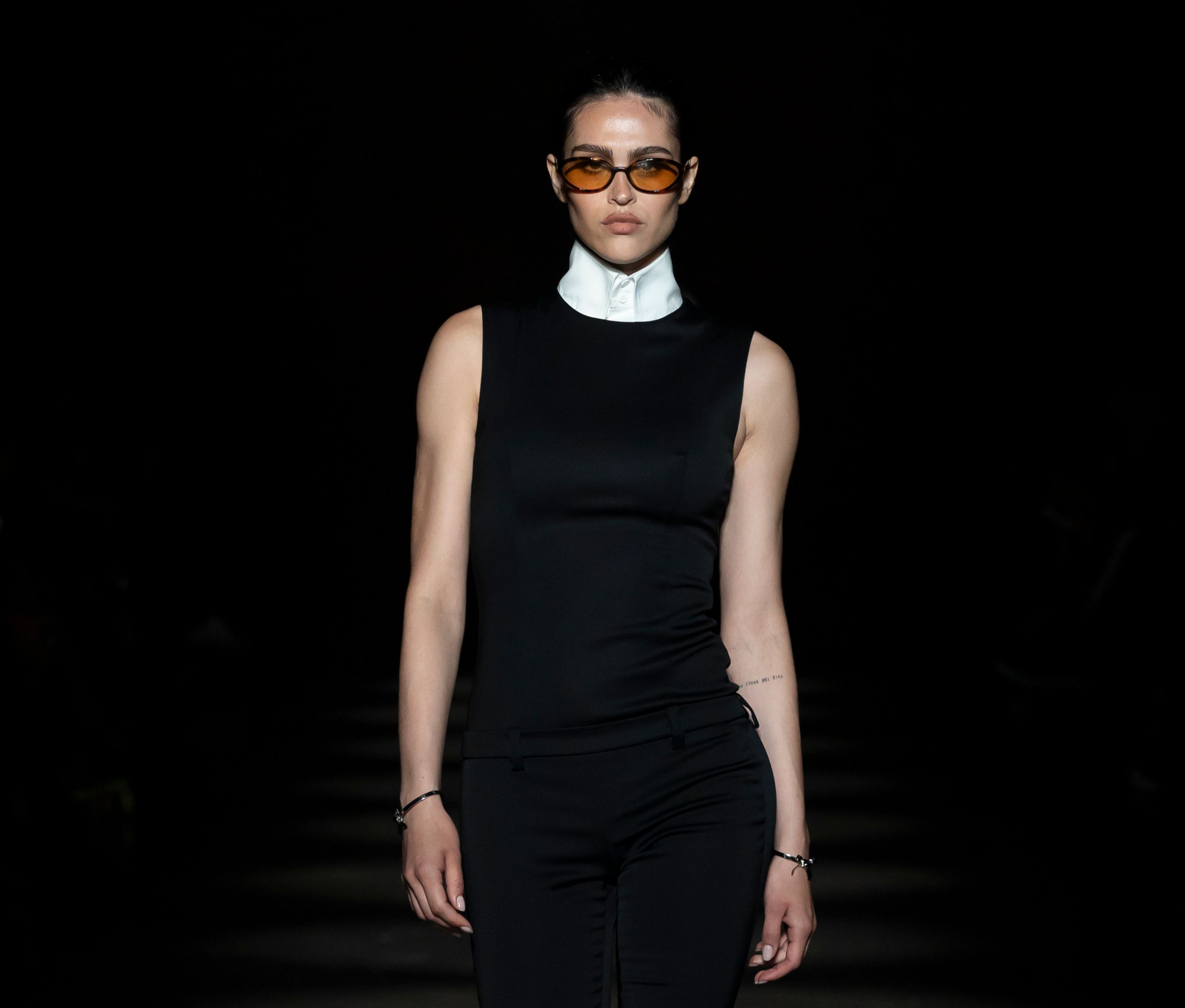
EVERYTHING COUNTS: 032c Readytowear Spring/Summer 2025
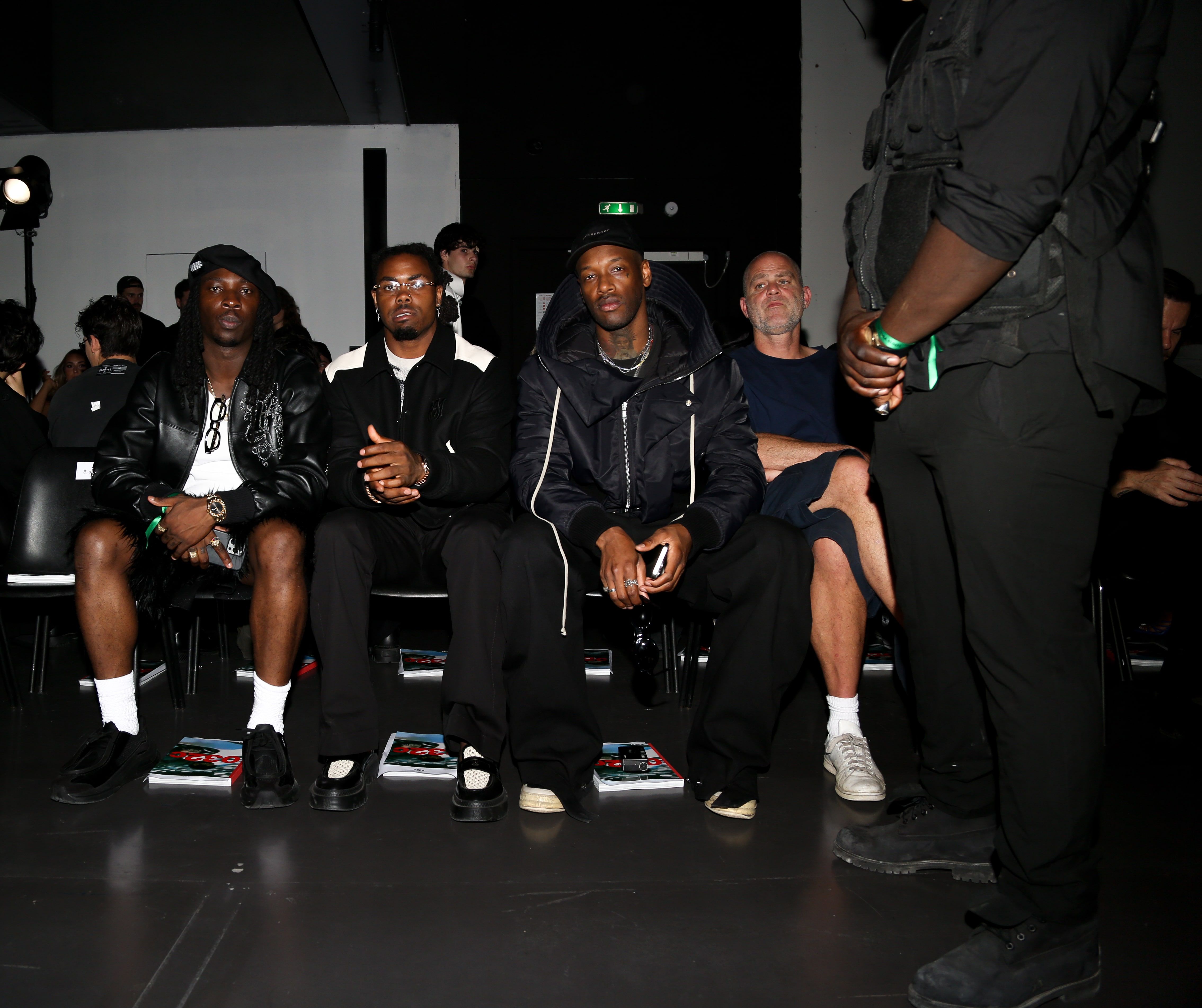
EVERYTHING COUNTS BTS: 032c Readytowear Spring/Summer 2025
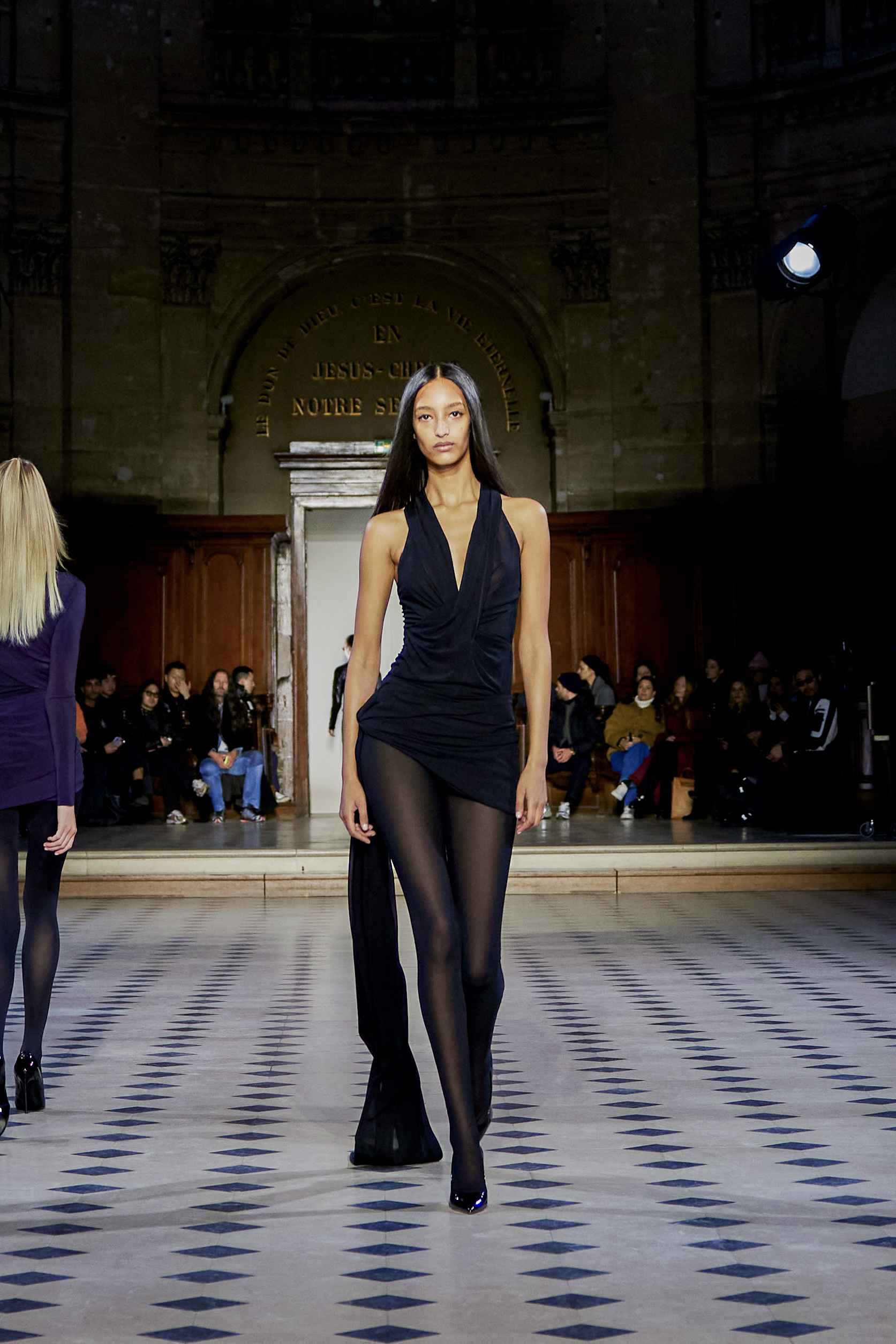
NIGHTHAWKS: 032c Readytowear Autumn/Winter 2024
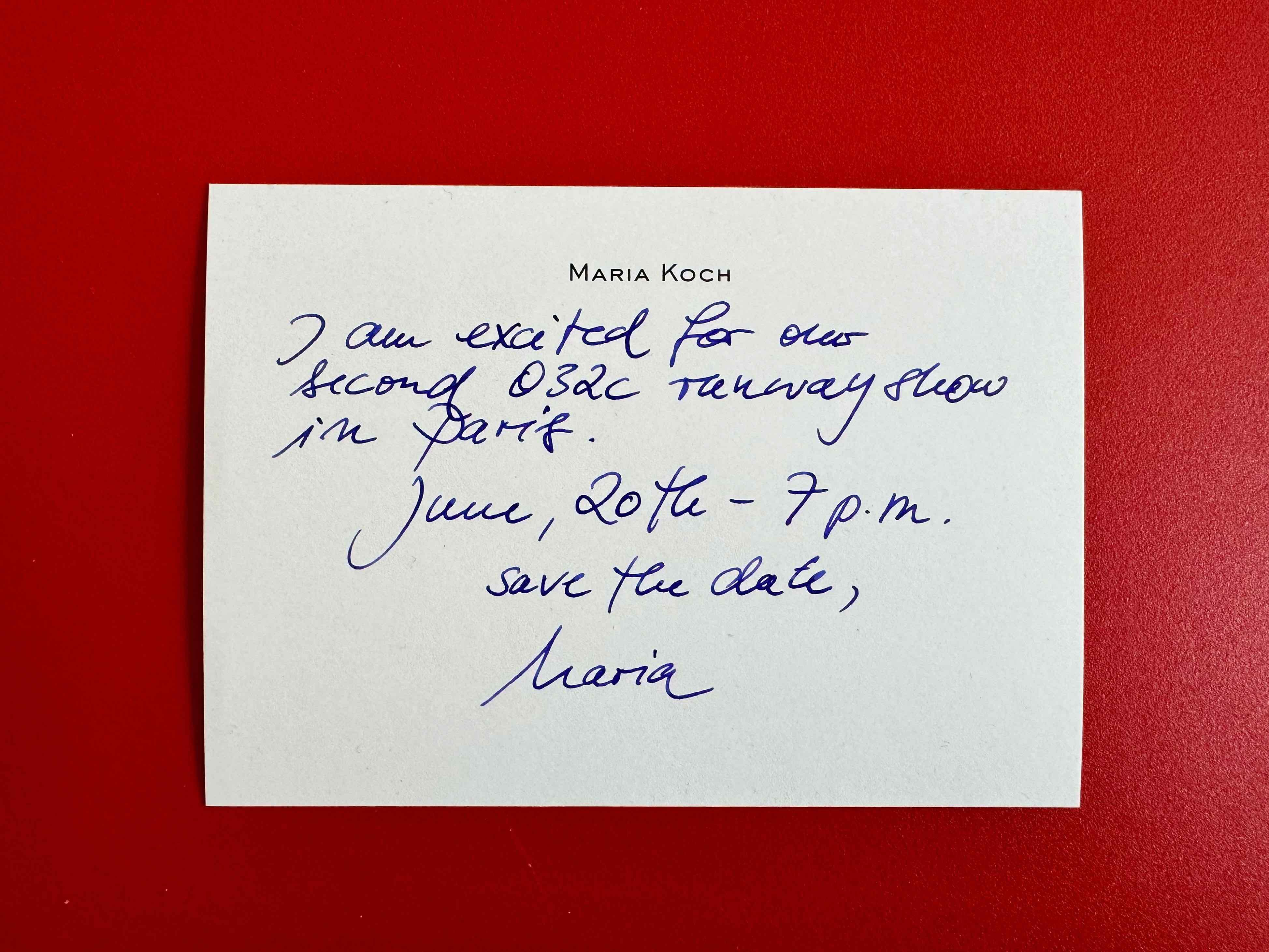
032c Runway Show During Paris Fashion Week
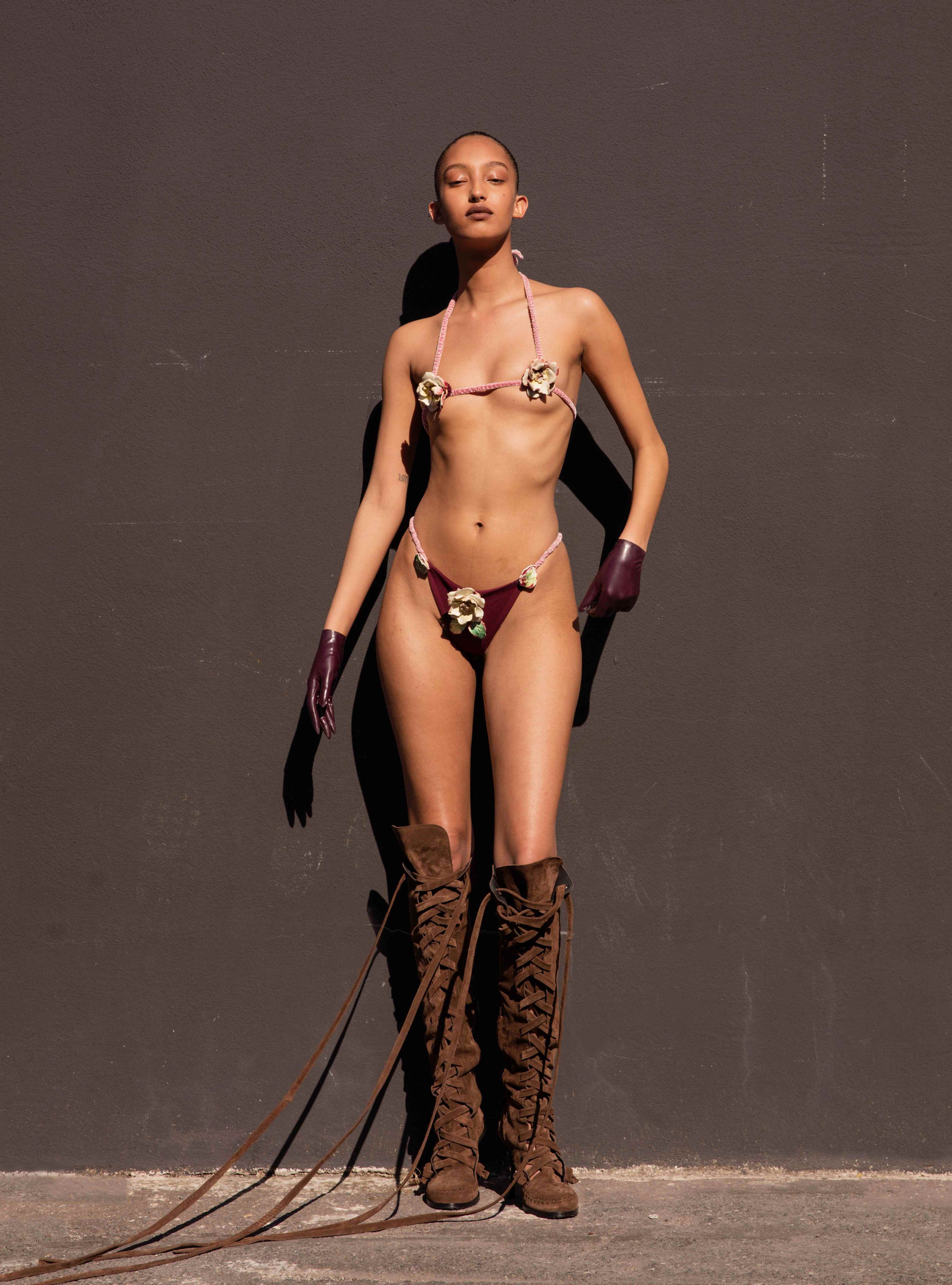
MONA TOUGAARD in “The Whole World Glows Outside Your Eyes”
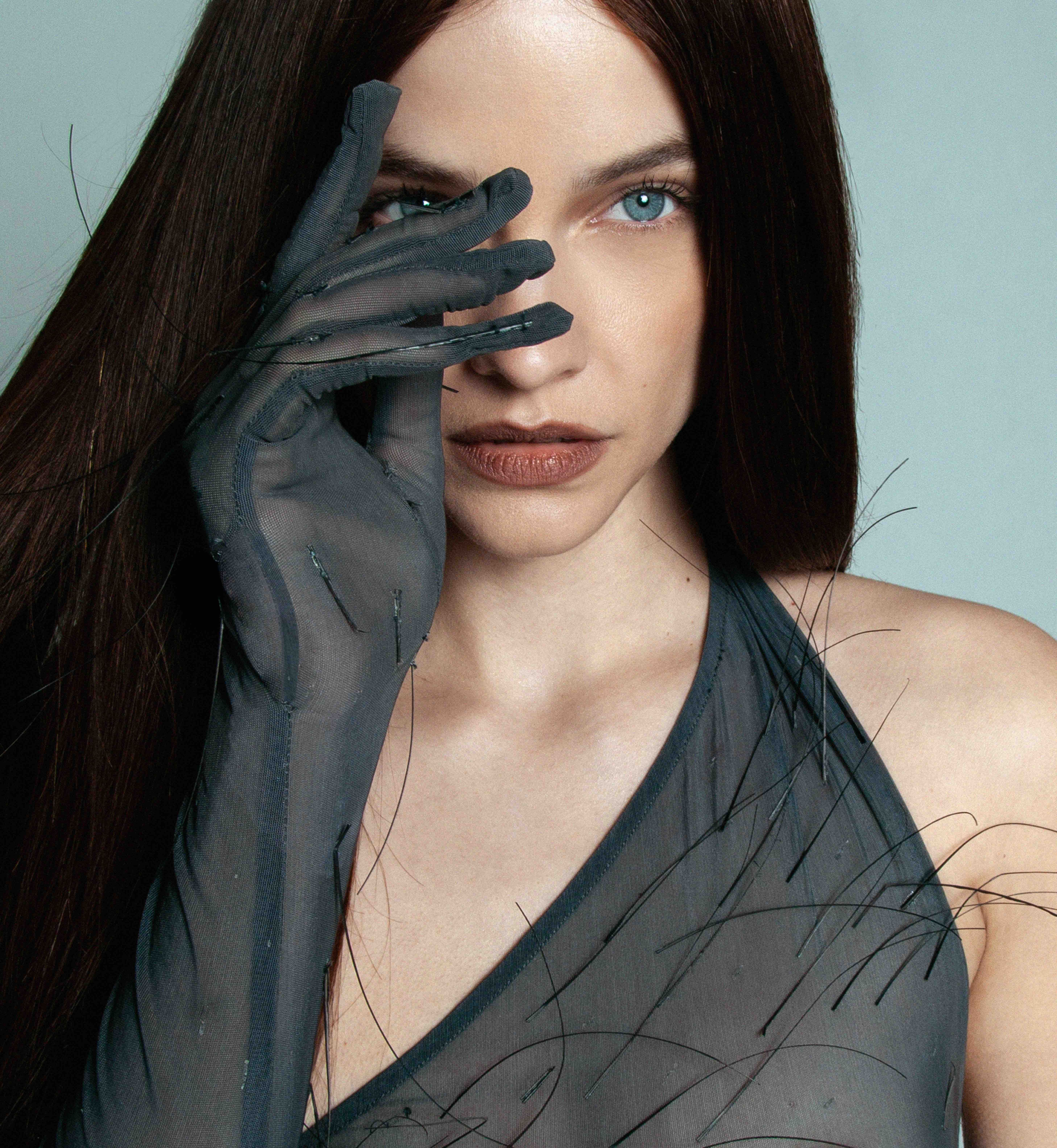
A Matter of Safety: Barbara Palvin
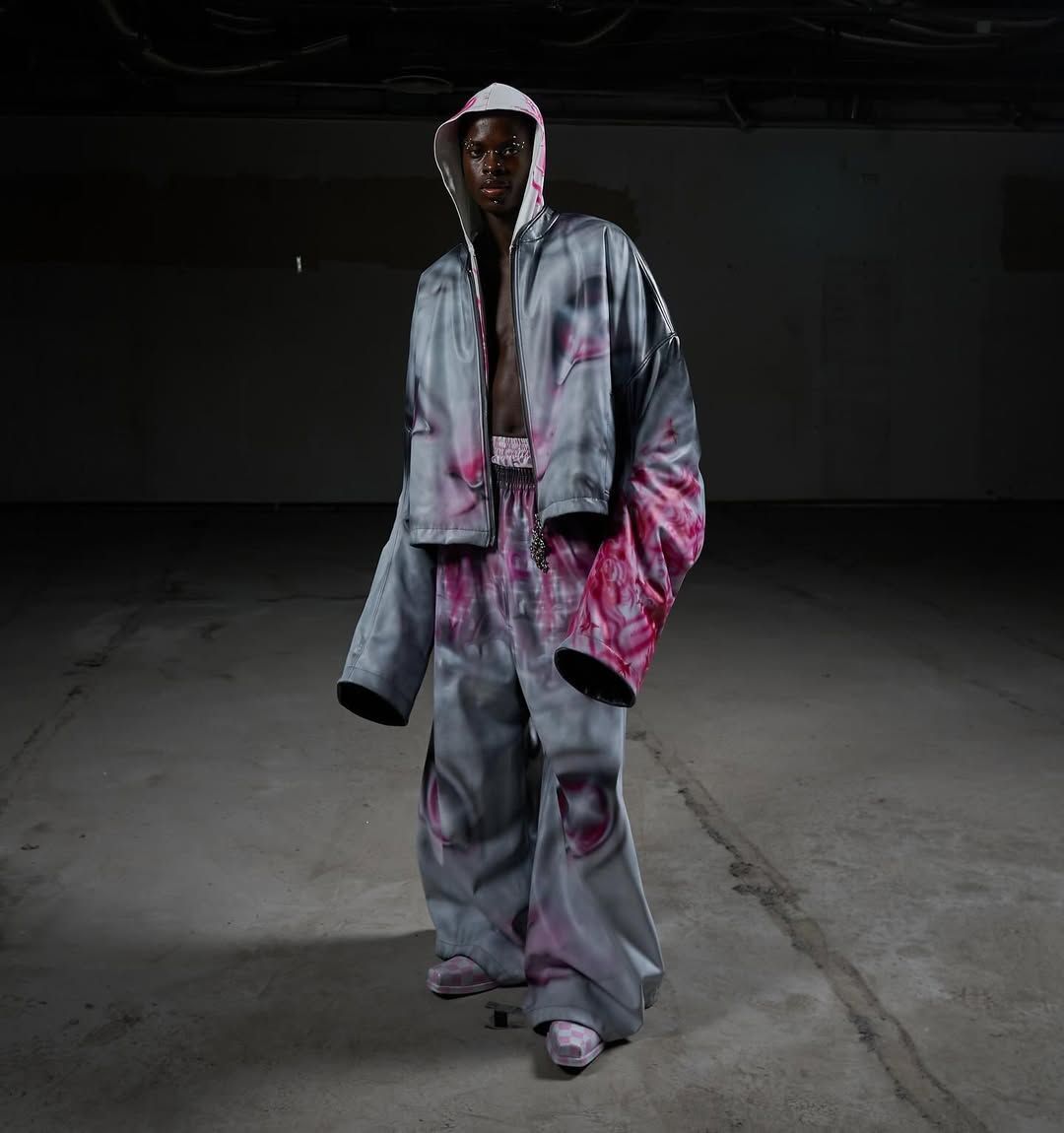
Made in Heaven: Gerrit Jacob
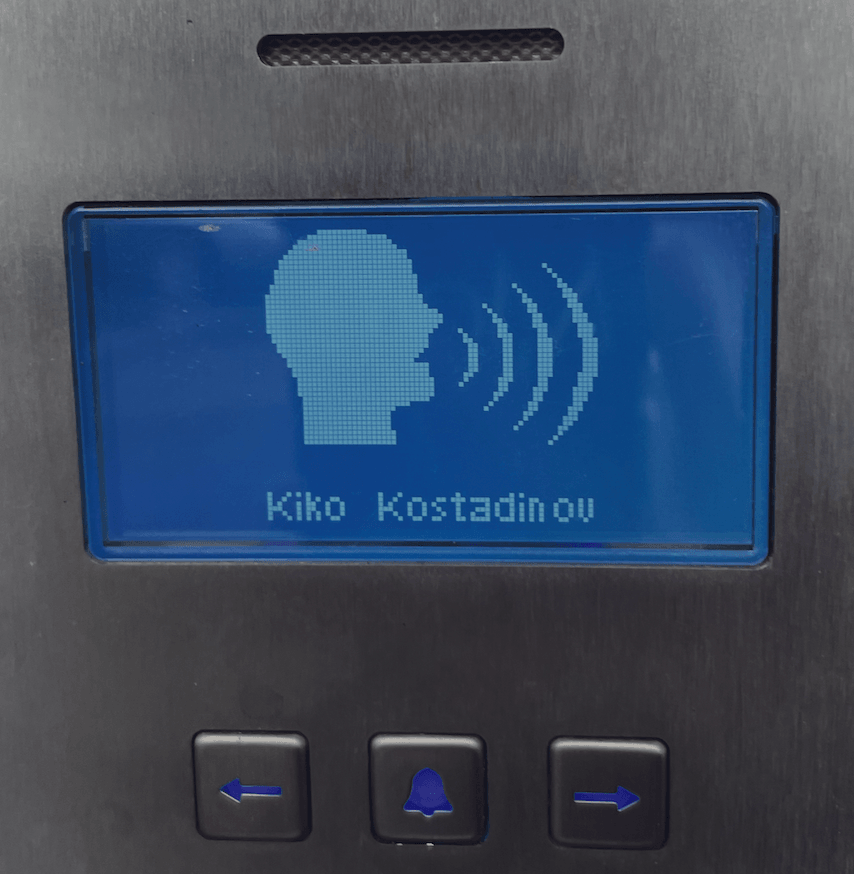
Kiko Kostadinov: Hunting and Being Hunted
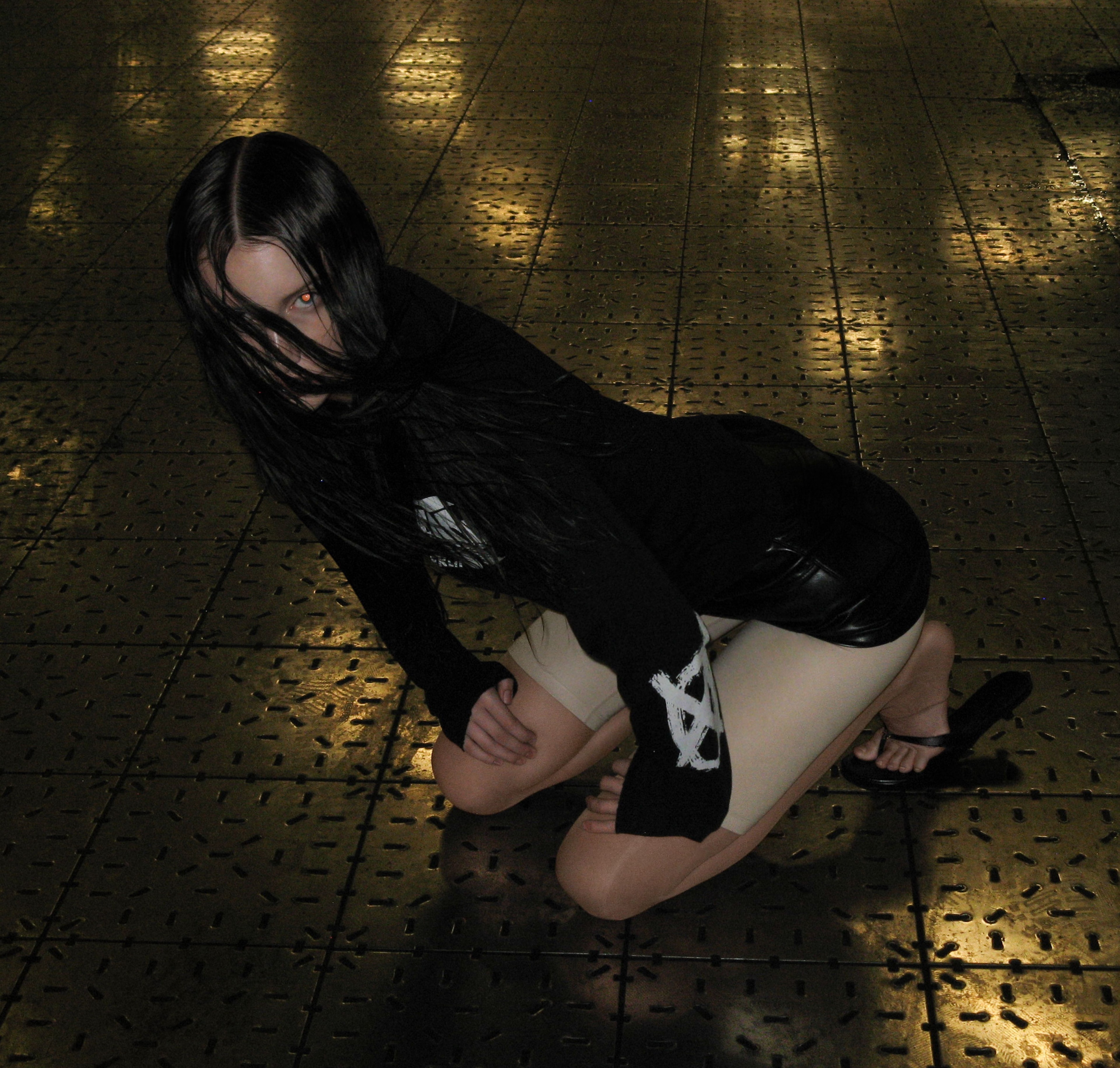
The Zone
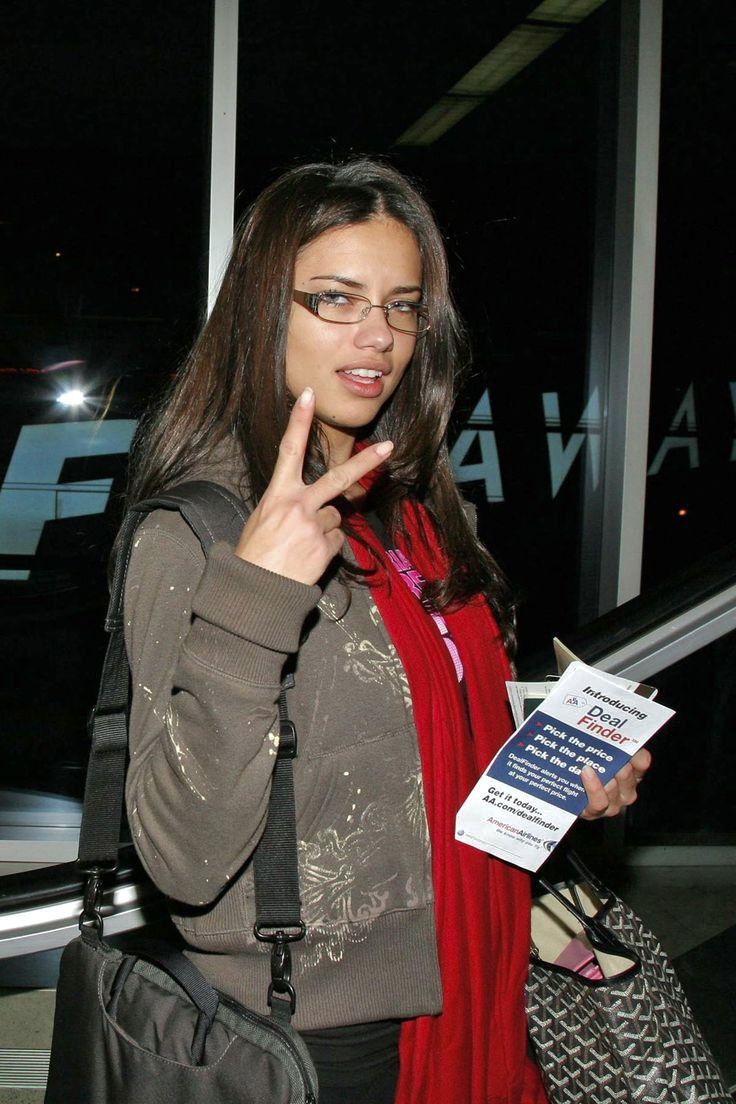
The Erotics of the Nerd
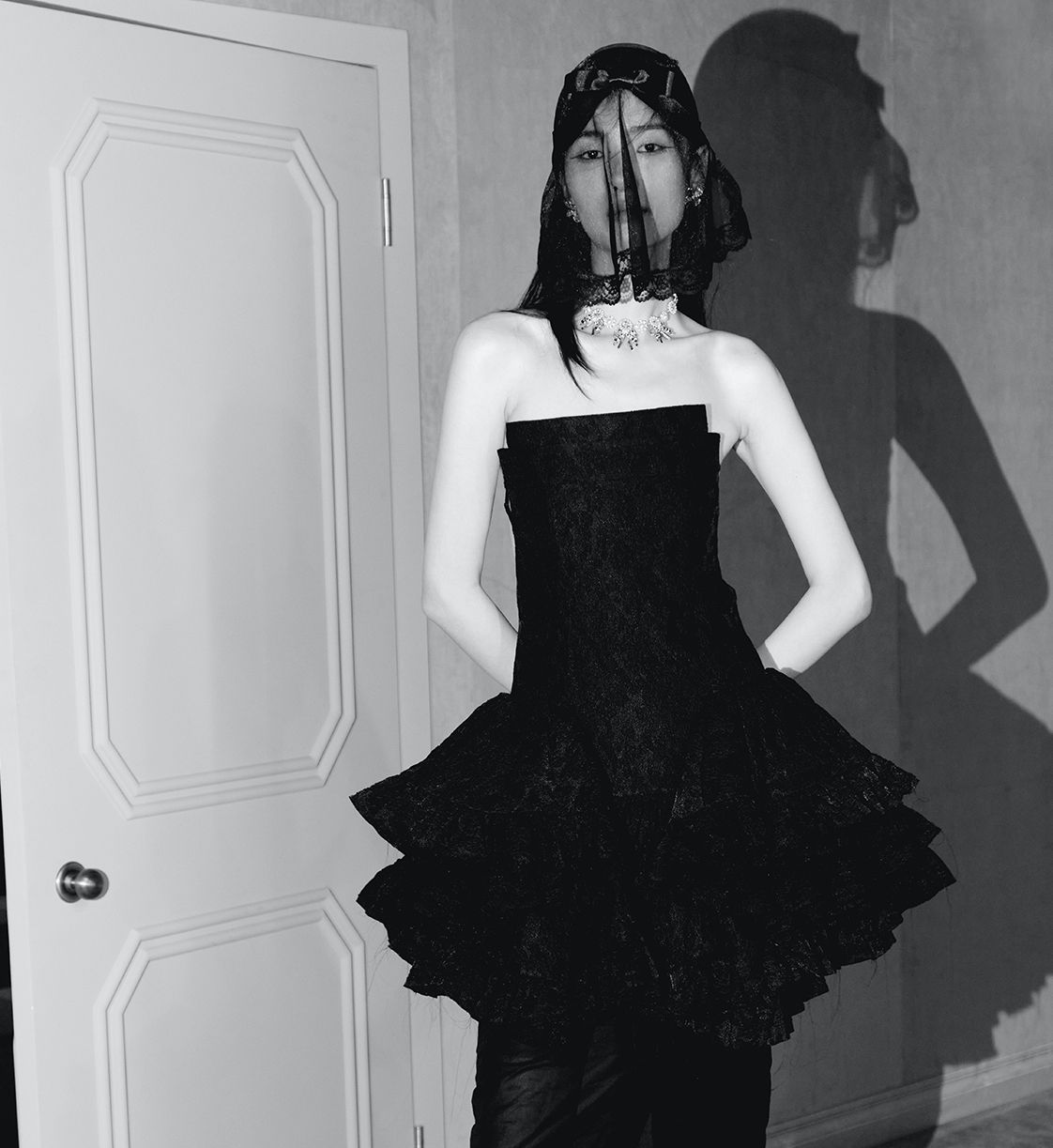
Girlhood Is Not A Moment: SHUSHU/TONG
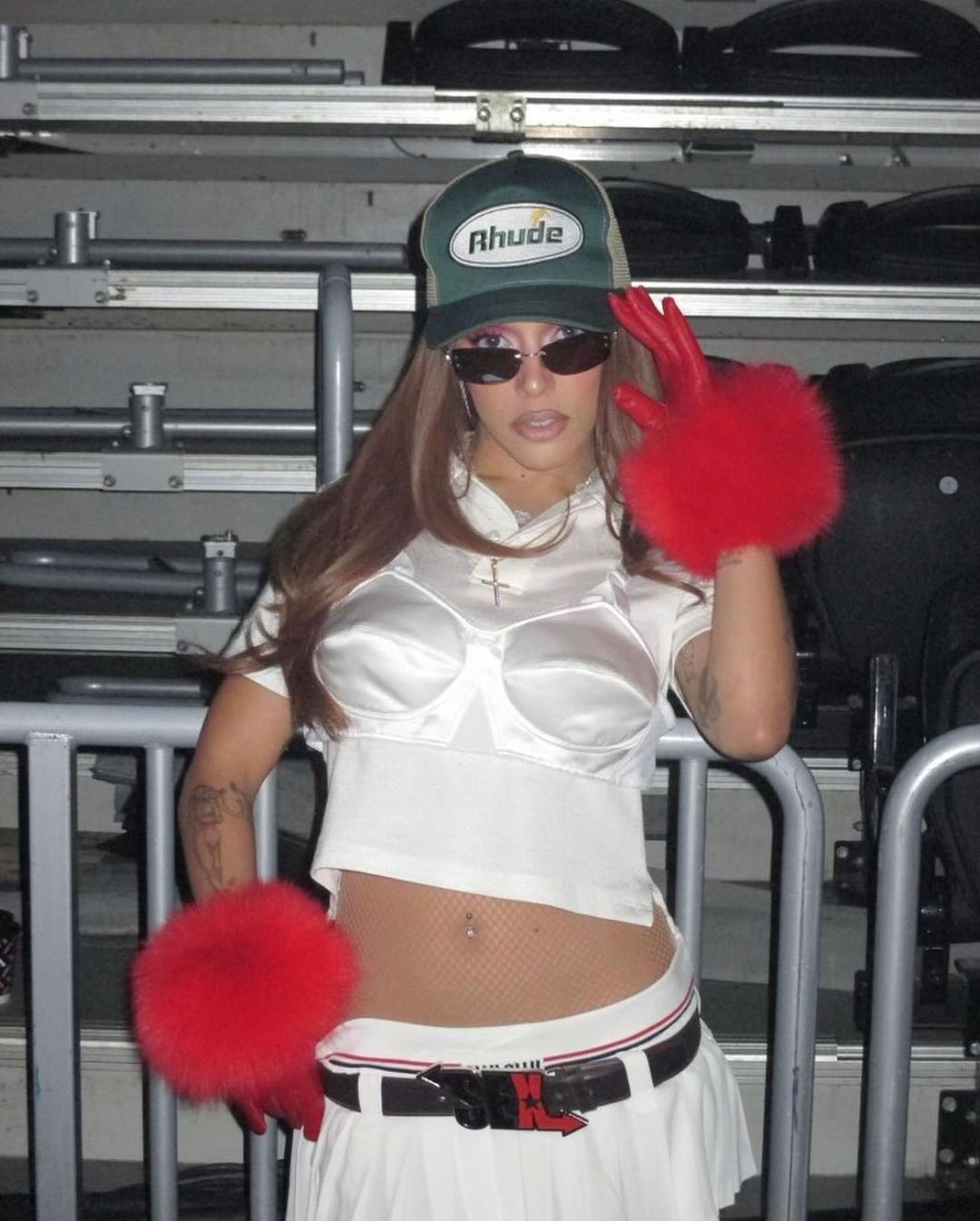
Who the fuck is Vaquera?